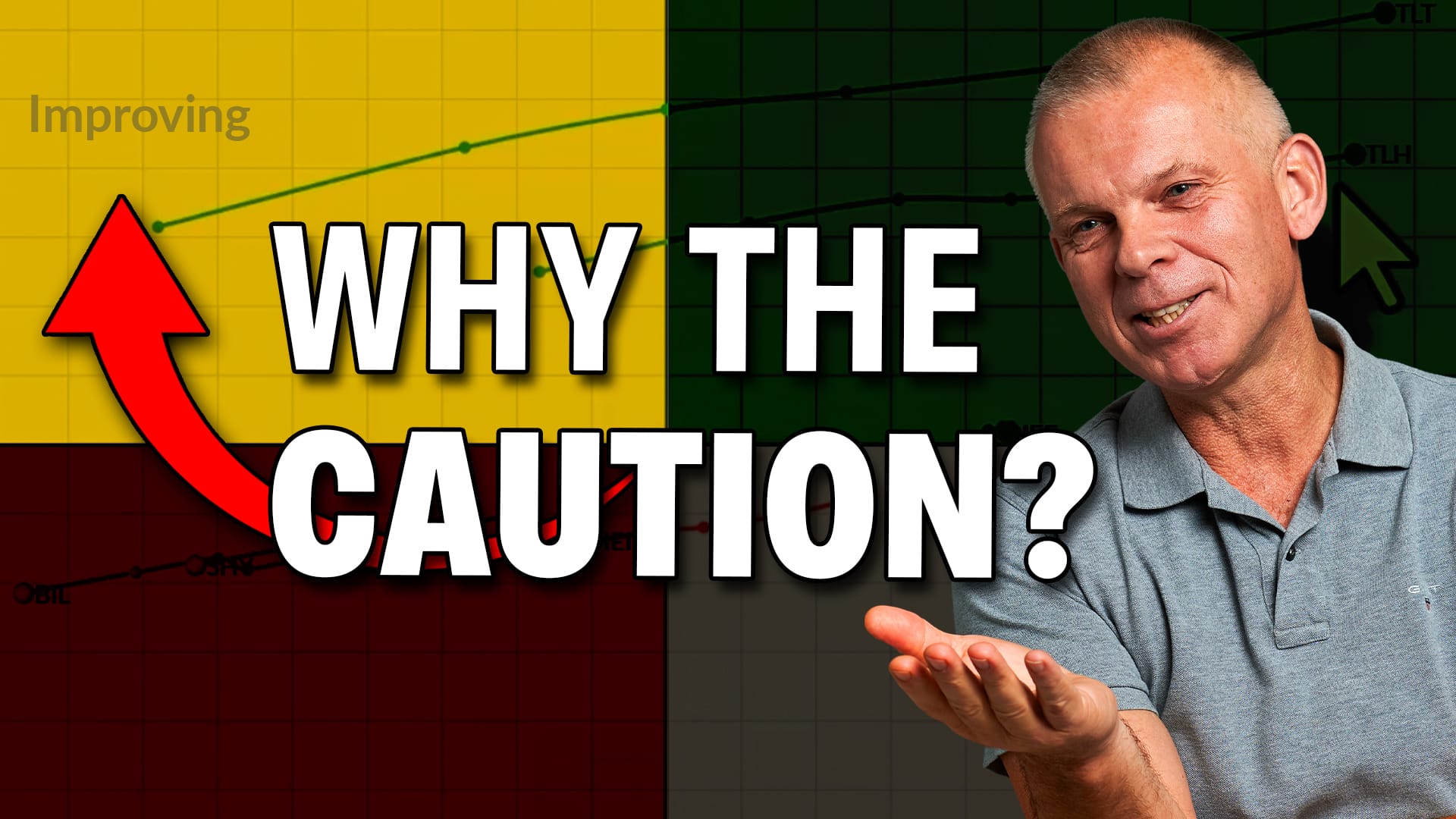2007 PERFORMANCE RANKINGS REFLECT ECONOMIC WEAKNESS FOR 2008 AND PROBLEMS FOR THE STOCK MARKET -- WEAK DOLLAR STILL FAVORS COMMODITIES AND FOREIGN STOCKS -- WEAK YEAREND RALLY DOESN'T BODE WELL FOR THE NEW YEAR
2007 SECTOR LEADERS ARE MOSTLY DEFENSIVE... One of the trends that we've commented on over the past few months has been steady outperformance by more defensive sectors in the market. Chart 1 shows that the 2007 leaders (in descending order) are Energy, Materials, Utilities, Consumer Staples, and Healthcare. [Two others not shown here are Industrials and Technology]. What most of those groups have in common in that they're generally considered to be defensive in nature. Another defensive trend (not shown here) is movement out of small caps into more stable multinational large cap stocks. Part of that is due to the weaker dollar. Economically-sensitive transportation stocks also did poorly. Part of that is due to rising energy prices. As we approach the last day of the old year, there's no convincing signs of those trends changing.

Chart 1
GOLD AND OIL LEAD -- FINANCIALS LAG... Chart 2 breaks down the leaders a little finer and shows where most of the 2007 weakness came from. Oil Service and gold stocks were among the year's biggest winners. By contrast, the biggest losers were housing, bankers, and retailers. [REITS also had a bad year]. Retail weakness is tied to housing weakness and rising energy prices. Banking weakness is tied to a weak financial sector. Unfortunately, none of those trends are good for the stock market. Most of the gold and energy strength is tied to a weaker dollar.

Chart 2
ASSET ALLOCATION FAVORS COMMODITIES AND BONDS ... Chart 3 shows how the four major asset classes fared in 2007. Commodities came in first with a yearly gain of 17%. Treasury bonds came in second with an 8.8% rise. The S&P 500 rose 4% and came in third. The U.S. Dollar was the weakest market and lost 8.3% for the year. Since commodity prices trend in the opposite direction of the dollar, dollar weakness largely explains commodity strength. Here again, there are no compelling signs of any of those trends changing as the old year ends. Chart 4 shows the same chart with the S&P 500 plotted as the zero line. What it shows is that the rotation out of stocks and into bonds and commodities started in July as subprime problems started to surface and the U.S. Dollar suffered accordingly. The weaker dollar also explains why foreign stocks did better than U.S. stocks during 2007. [It was reported today that the dollar's share of global foreign exchange reserves fell to a record low in the third quarter of 2007 as central banks diversified into other currencies and the appetite for U.S. assets diminished].

Chart 3

Chart 4
RISING EURO HELPS FOREIGN STOCKS ... In addition to boosting commodities, a falling dollar also favors foreign investments. Chart 5 compares the Euro (red line) to EAFE iShares (blue line) over the last year. Both are plotted relative to the S&P 500 (black zero line). The rising blue line shows that foreign stocks did better than the S&P 500 during 2007. Notice, however, the positive correlation between the blue and red lines. Foreign stocks have done better than the U.S. when the Euro is rising (and the dollar falling). That was especially true during the first quarter, June through August, and October through November. Both have corrected recently (as the dollar bounced). To the far right, however, the Euro has started to climb again as the dollar has started to slide. That also explains recent upside breakouts in gold and oil. Emerging markets (like Brazil and Russia) are closely tied to commodity prices and should continue to benefit from weaker dollar and rising commodities.

Chart 5
SANTA CLAUSE RALLY NOT VERY IMPRESSIVE... All of the preceding charts point to problems for the U.S. economy and stock market in 2008 and justify a continuing defensive posture. Last Friday I wrote about the importance of the so-called Santa Claus rally that normally kicks in around the last week of the old year. I warned that a lot was riding on that rally -- for two reasons. One was that the absence of a yearend rally usually precedes the start of bear markets (according to the Stock Traders' Almanac). Another reason was that a yearend rally is necessary to erase sell signals on some monthly indicators. So far, those preliminary monthly sell signals have not been erased. In fact, Chart 7 shows that "weekly" MACD lines have not turned positive during the recent rally. That means that both weekly and monthly MACD are ending the year in negative territory. That's not very encouraging for the start of the new year.

Chart 6
NO UPSIDE BREAKOUTS ... On Wednesday, Arthur Hill wrote about the need for upside breakouts in the Nasdaq market and small cap stocks to keep the December rally going. So far, neither one has taken place. Chart 7 shows the Nasdaq Composite failing a breakout attempt near 2734, while the Russell 2000 Small Cap Index (Chart 8) has fallen back below its early December peak at 796. Both are back below their 50-day lines. Financial stocks have shown even less of a bounce. Chart 9 shows the Financial Sector SPDR (XLF) trading dangerously close to its yearly low and well below its 50-day line. The inability of those three markets to clear resistance barriers diminishes the ability of the market to end the year on a strong note and weakens the outlook for 2008.

Chart 7

Chart 8

Chart 9
MARKET BREADTH REMAINS WEAK... We've written several times about the deterioration in market breadth. Unfortunately, that situation hasn't improved. Chart 10 plots the NYSE Advance-Decline line (plotted through Thursday) over the last ten months. This leading market indicator peaked in early June and has been weakening since then. The December bounce off its August low prevented a major breakdown. Unfortunately, the December bounce hasn't amounted to much. Not only is the NYAD well below a falling 50-day average (blue line), but the 50-day line has fallen well below its 200-day average (red line). That's the first time that's happened since the bull market started more than four years ago. None of these trends are particularly encouraging for 2008.

Chart 10
HAPPY NEW YEAR... Once the new year starts, you'll be hearing a lot about the January Barometer, which holds that the direction of the market in January often determines its direction for the rest of the new year (courtesy of the Stock Trader's Almanac). Given the precarious state of the market, this January could be especially important. Before then, however, there's some celebrating to be done. In that spirit, I'd like to take this opportunity to wish everyone a Happy New Year.











